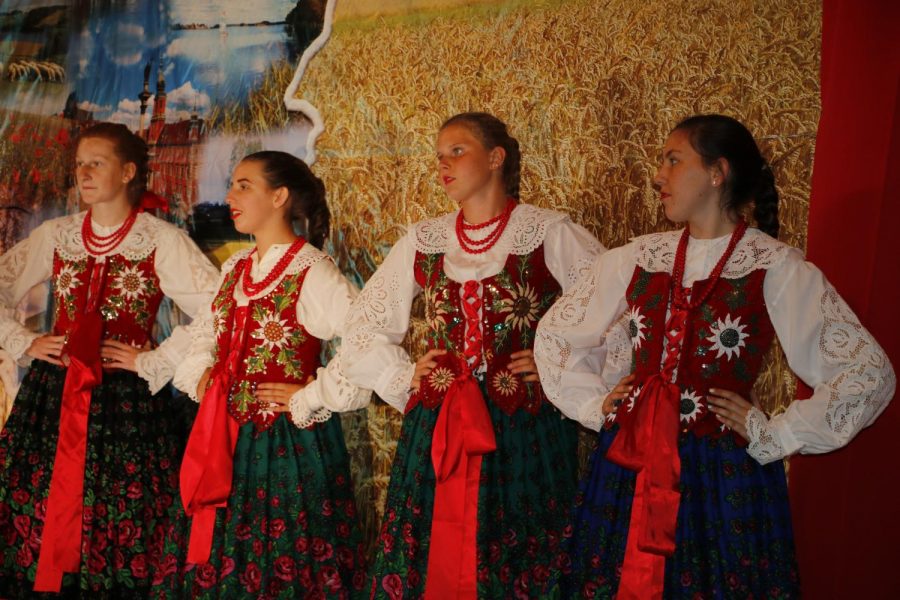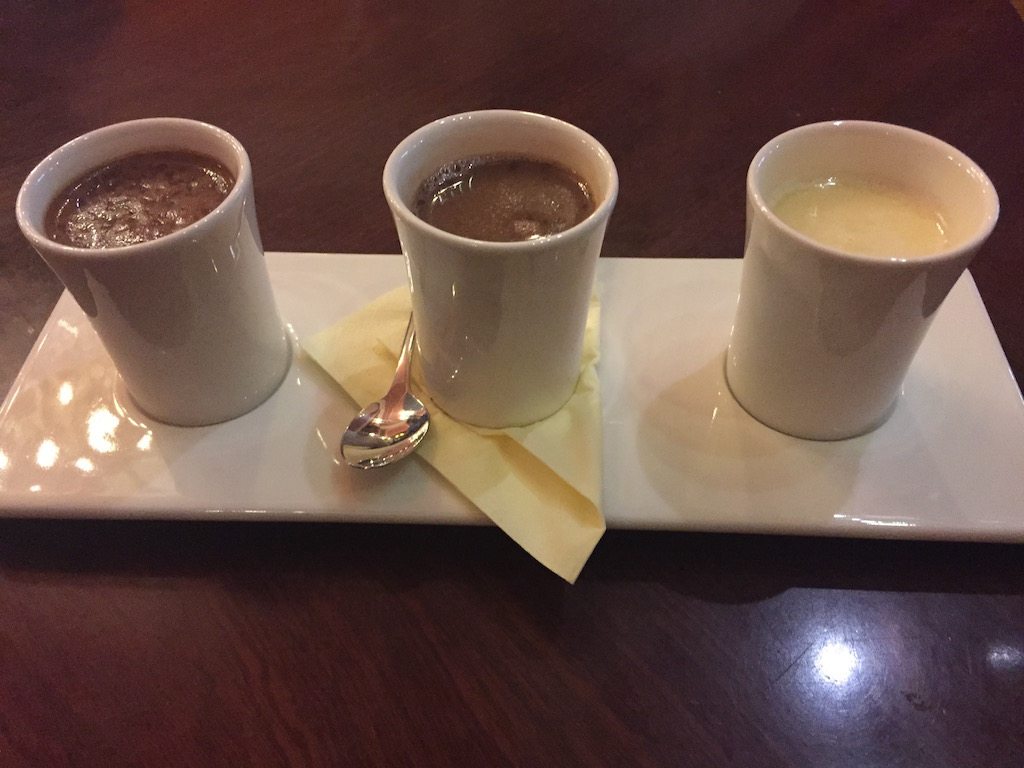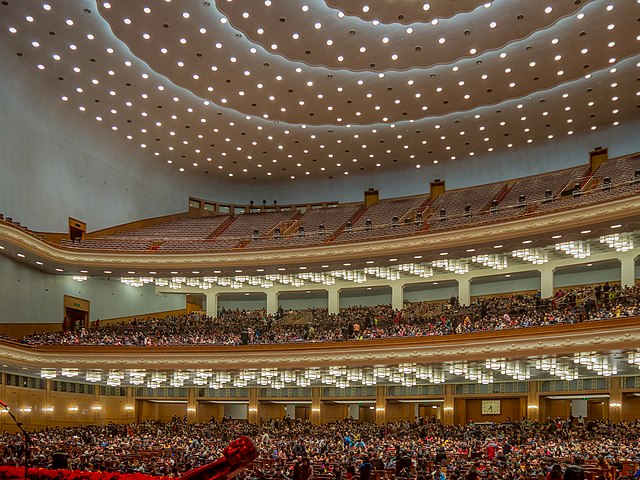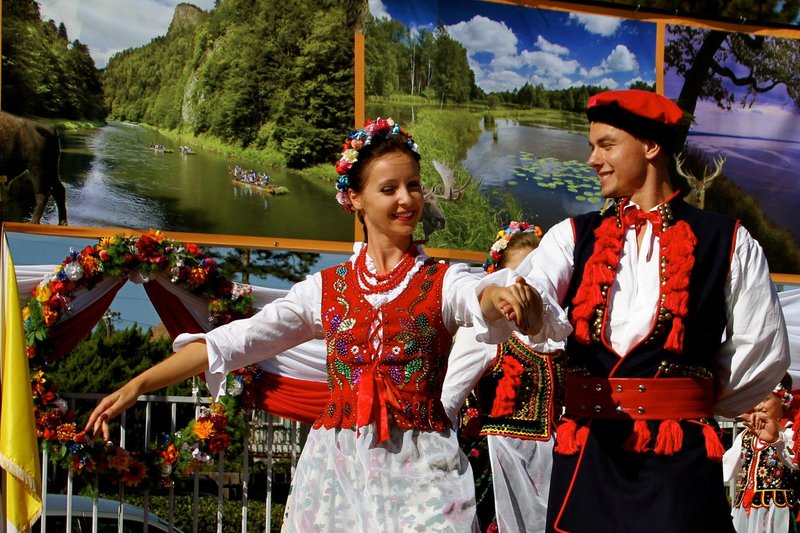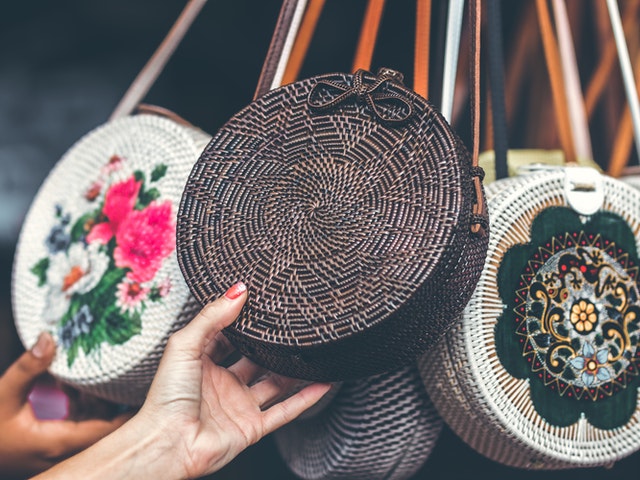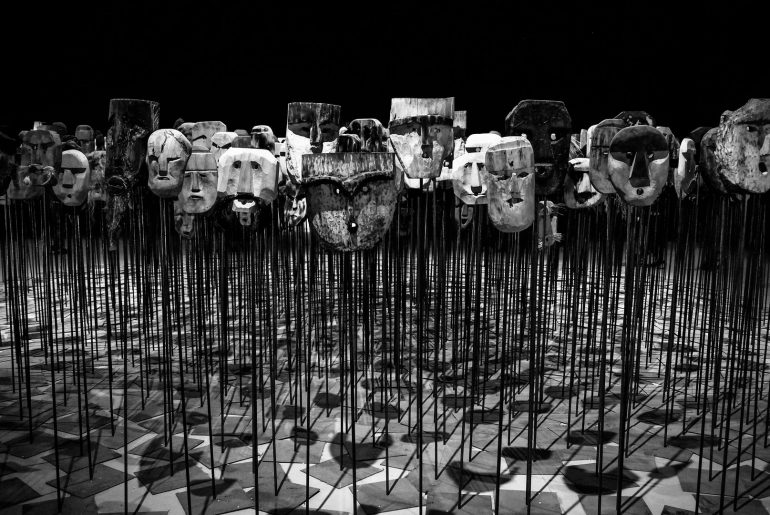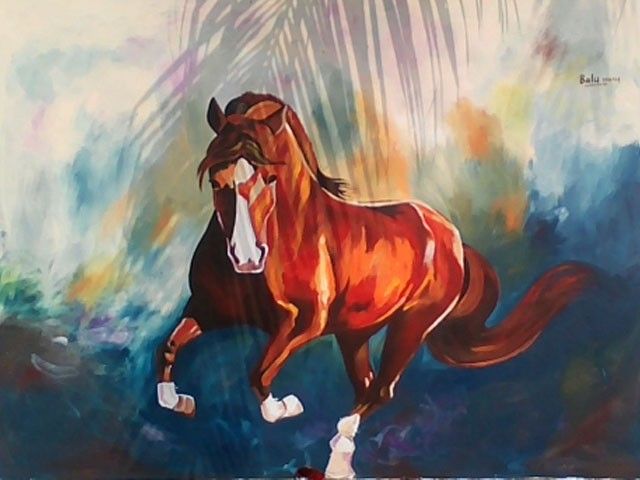
Poland is a country filled with history, culture, and stunning natural views. It has something for everyone.
If you’re into history, Kraków’s rich past and Warsaw’s city vibe are must-visits. For nature lovers, the Tatra Mountains offer breathtaking views, and the Baltic Sea’s beaches are perfect for relaxing.
Wrocław’s architecture is also something you shouldn’t miss. In Poland, you’ll discover how the old and the new blend together beautifully, making it a great place to explore a variety of landscapes and cultural heritage.
Let’s dive into what makes Poland so interesting and why it’s worth your visit.
Exploring Historic Kraków
Kraków, a city rich in history, offers an adventure through time for its visitors. The city, once the royal capital of Poland, is famous for its well-preserved architectural wonders. One standout is the Wawel Castle, a testament to the grandeur of Poland’s monarchy. Another can’t-miss spot is the city’s medieval market square. It’s still a lively hub where the Renaissance-era Sukiennice, or Cloth Hall, now functions as a market for local handicrafts and souvenirs, seamlessly connecting the past with present-day trade.
The Kazimierz district provides a deep dive into the city’s Jewish heritage. It’s an area where visitors can explore historic synagogues and meander through streets that have maintained their original charm. This district tells the story of Kraków’s diverse cultural past and present.
Kraków is more than just a historical site; it’s a vibrant city that embodies the spirit of Poland. From the ancient architecture that dots the cityscape to the lively streets filled with music and art, Kraków offers an engaging and enriching experience for all who visit. Whether you’re exploring the grand Wawel Castle, shopping for unique gifts in the Sukiennice, or soaking in the rich history of the Kazimierz district, there’s something in Kraków that speaks to the heart of every traveler.
The Charm of Warsaw
Warsaw, unlike the ancient charm of Kraków, is a bustling city where the old and the new come together in an impressive way. After surviving numerous conflicts, it has rebuilt itself, displaying a unique blend of history and modernity. At the heart of this transformation is the Old Town, which has been so carefully restored that it earned a spot on the UNESCO World Heritage list. Yet, just a short walk away, the cityscape changes dramatically with the Palace of Culture and Science and other modern buildings defining the skyline.
As you wander through Warsaw, it’s hard not to notice the vibrant cultural life that fills its streets. Museums, art galleries, and theaters are everywhere, offering a deep dive into both Polish history and contemporary arts. For example, the Warsaw Uprising Museum provides an immersive look at the city’s heroic resistance during World War II, while the National Museum features an extensive collection of national and international art.
But Warsaw isn’t just about indoor experiences. The green spaces, such as Łazienki Park, offer a peaceful escape from the urban hustle. The park not only has beautiful gardens and palaces but also hosts free Chopin concerts in the summer, blending nature with culture. Similarly, the Vistula River banks come alive with beaches, boulevards, and bars during the warmer months, making it a favorite spot for both locals and visitors.
The food scene in Warsaw is as diverse as its culture. Traditional Polish dishes, like pierogi and bigos, can be found alongside international cuisine, offering something for every palate. The city is also seeing a rise in food markets and food truck gatherings, where you can taste a variety of dishes in one place. For those looking to explore Polish cuisine further, visiting a milk bar for an affordable and authentic meal is a must.
Tatra Mountains Adventure
The Tatra Mountains, located in southern Poland, are a prime destination for anyone looking for outdoor adventure. As part of the larger Carpathian Mountains, they stand out for their stunning scenery, diverse wildlife, and rich cultural heritage. For those keen on hiking, the Tatras offer numerous trails that lead through green valleys, beside clear mountain lakes, and up to high peaks with sweeping views. When winter arrives, the landscape shifts into a snowy playground suitable for skiing, snowboarding, and climbing.
Zakopane, known as Poland’s winter capital, sits at the foot of the Tatras. This town is famous for its distinctive wooden architecture, which adds to the area’s charm. Whether you’re visiting in summer or winter, the Tatra Mountains provide a perfect setting for connecting with nature and experiencing Poland’s outdoor offerings.
For hikers, one must-try trail is the path to Morskie Oko, a breathtaking mountain lake that’s accessible to all skill levels. If you’re into winter sports, consider trying out the slopes at Kasprowy Wierch, which cater to both beginners and experienced skiers. In terms of gear, investing in a good pair of hiking boots or a reliable ski jacket can make your adventure more enjoyable. Brands like North Face and Salomon offer products specifically designed for these activities, ensuring comfort and durability.
Baltic Sea Beaches
After visiting the Tatra Mountains, heading to the Baltic Sea beaches provides a different but equally captivating experience in Poland. These beaches are known for their wide stretches of golden sand, often surrounded by dense pine forests that add to the area’s beauty. Besides their natural appeal, these beaches are also rich in history, with charming lighthouses and remains of ancient fishing villages that tell stories of the past. The water of the Baltic Sea might be cold, but it’s refreshing, making every swim a rejuvenating experience.
Places like Sopot and Gdańsk are not just about beautiful beaches; they are also important cultural centers. In Sopot, for instance, you can enjoy both the beach and explore the city’s vibrant cultural scene. Gdańsk, on the other hand, offers a glimpse into Poland’s historical maritime heritage alongside its stunning seaside views. These locations provide a mix of relaxation and cultural exploration, making for a unique Polish coastal experience.
In a more straightforward manner, visiting the Baltic Sea beaches after the Tatra Mountains shows the diverse natural landscapes Poland has to offer. The beaches, with their wide expanses of sand and historical sites like lighthouses and old fishing villages, offer both beauty and a peek into the past. Swimming in the Baltic Sea can be cold but is always refreshing. For those looking for more than just a beach, Sopot and Gdańsk combine scenic views with cultural and historical exploration, making the Baltic Sea coastline a must-visit for anyone traveling to Poland.
The Wonders of Wrocław
Wrocław, nestled in the heart of Poland, stands out as a beacon of culture and history. This city draws you in with its vibrant market square, showcasing an array of colorful buildings and Gothic designs that reflect its rich past. At the core of Wrocław’s appeal is its ability to merge tradition with modernity, evidenced by landmarks such as the Centennial Hall. Recognized as a UNESCO World Heritage site, this architectural marvel of the 20th century showcases the city’s innovative spirit.
Walking through Wrocław, one can’t help but notice the unique Dwarf statues that dot the landscape. These playful figures are not just for decoration; they’re a nod to the city’s creative flair and a tribute to its history of resistance during the communist era. They offer a quirky, engaging way to learn about the city’s past.
The Oder River adds another layer to Wrocław’s charm. With its peaceful islands and bridges, it provides a picturesque setting for walks and relaxation. This natural beauty, combined with the city’s architectural wonders, makes Wrocław a captivating place where history and modern life flow together seamlessly.
Conclusion
Poland is filled with amazing places to explore, offering a great mix of history, nature, and architecture.
You’ve got Kraków with its stunning buildings, Warsaw that’s buzzing with energy and new life, the Tatra Mountains offering incredible views, and the Baltic Sea’s peaceful beaches.
There’s also Wrocław, which has a really charming vibe.
All in all, Poland is a fantastic spot for anyone looking to dive into Europe’s rich culture and enjoy some beautiful scenery.

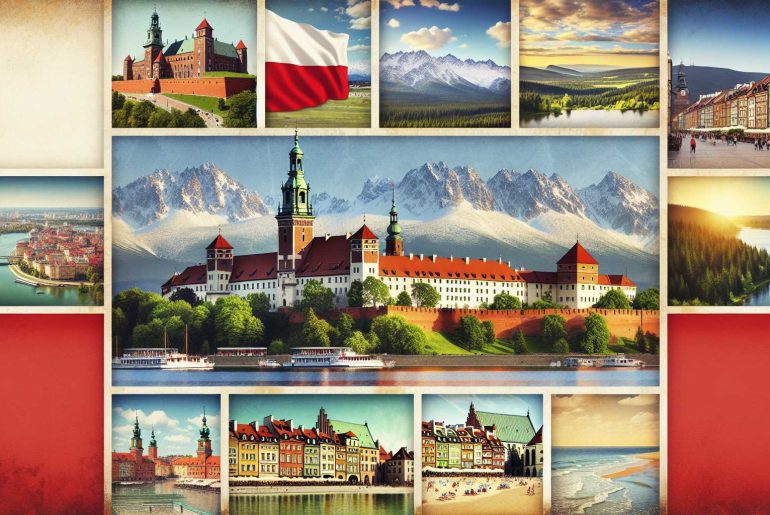


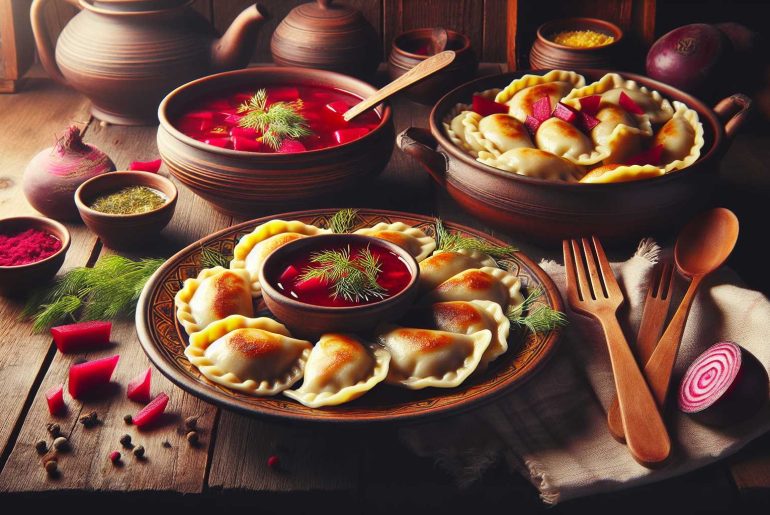

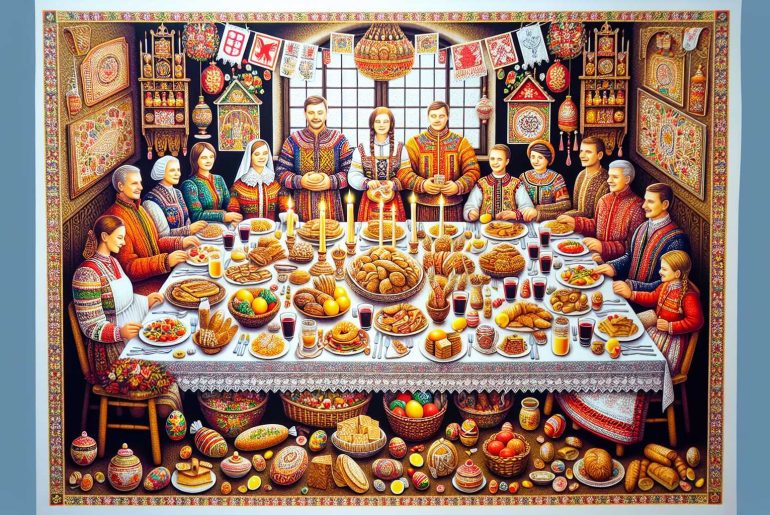

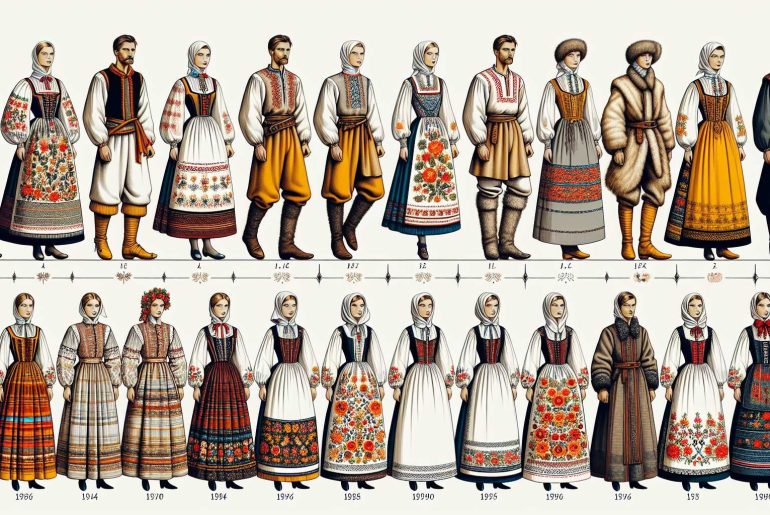


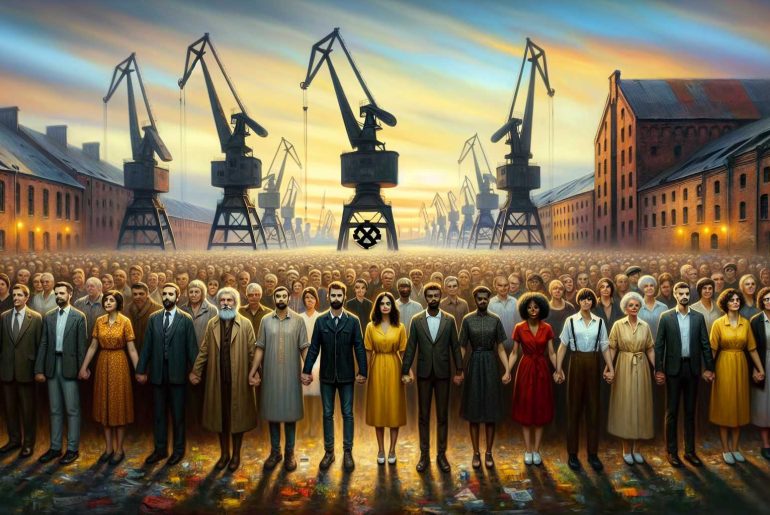

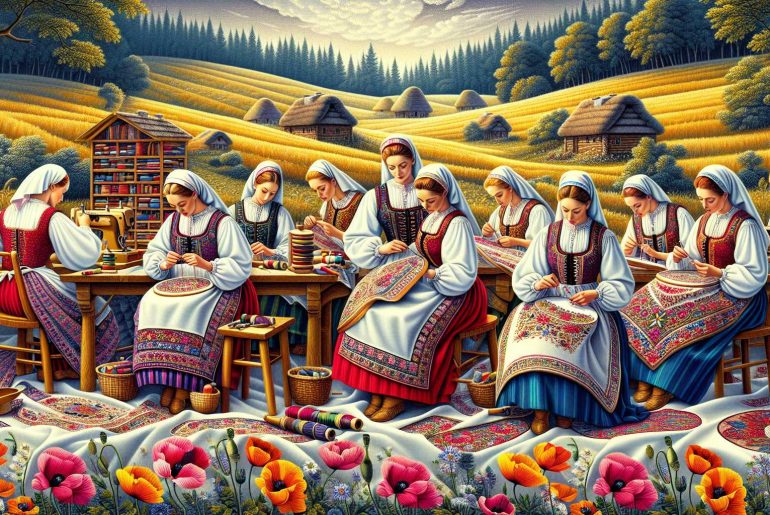



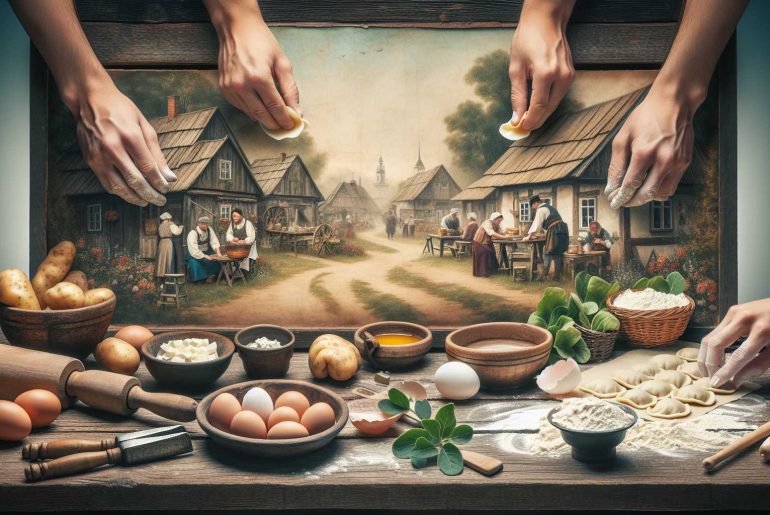

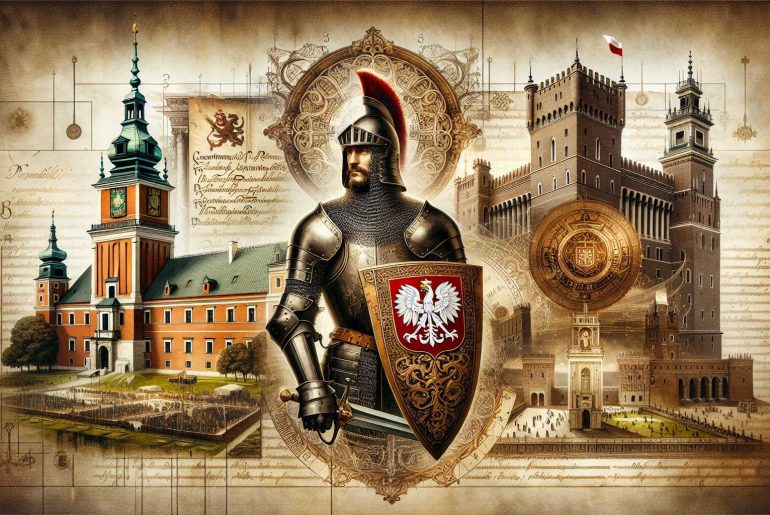



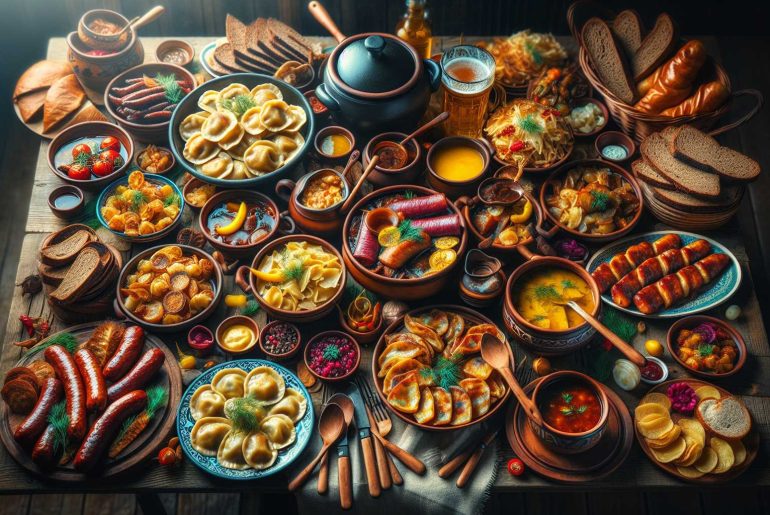

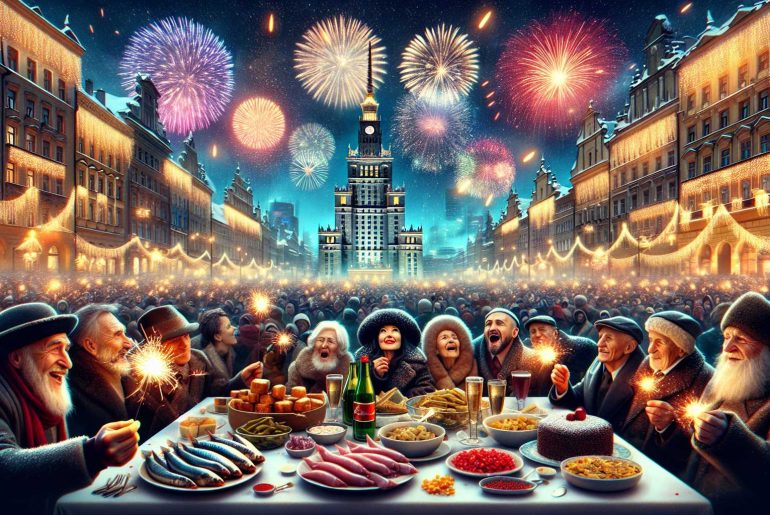

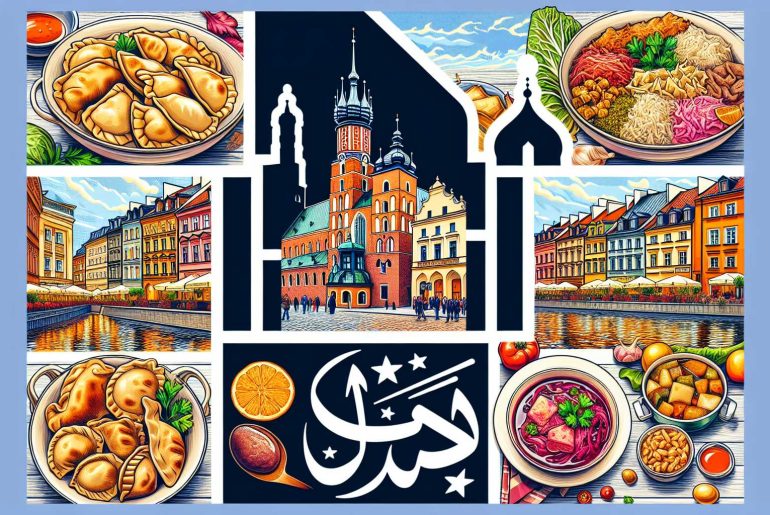



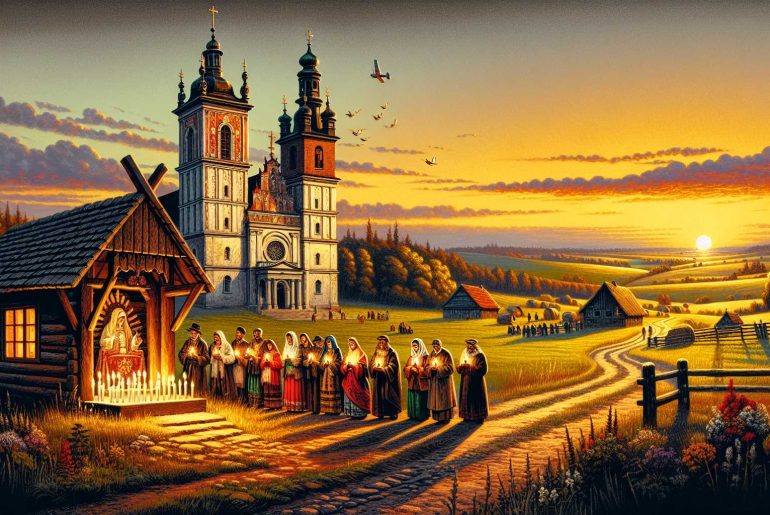



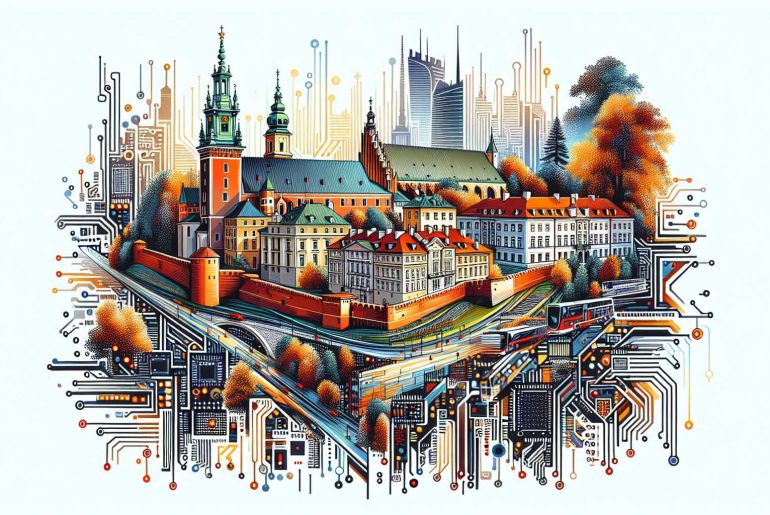

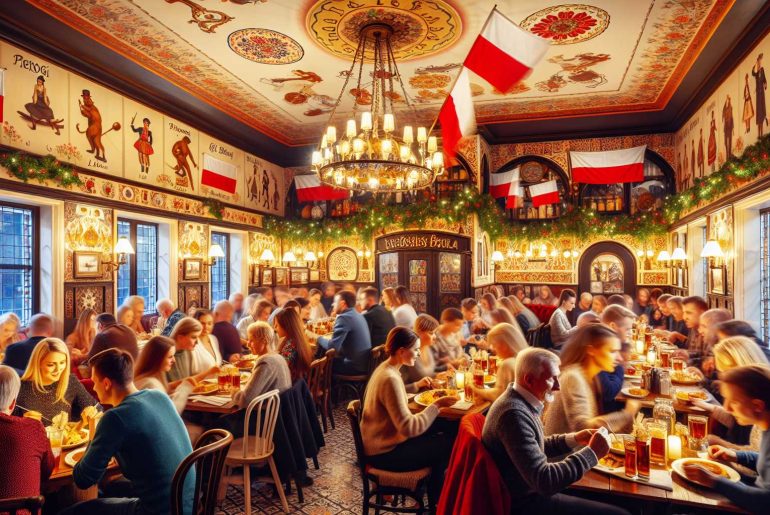

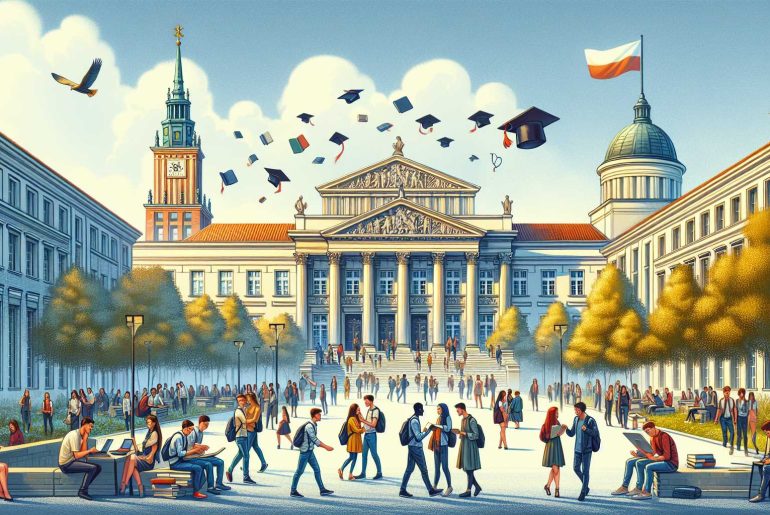



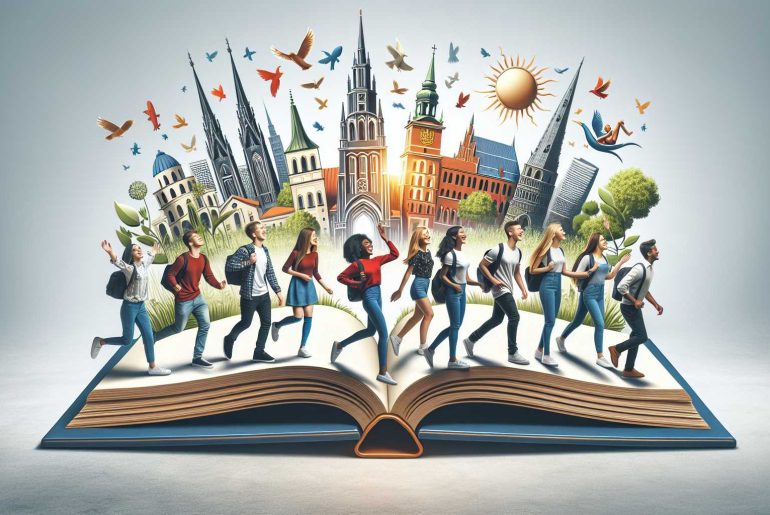

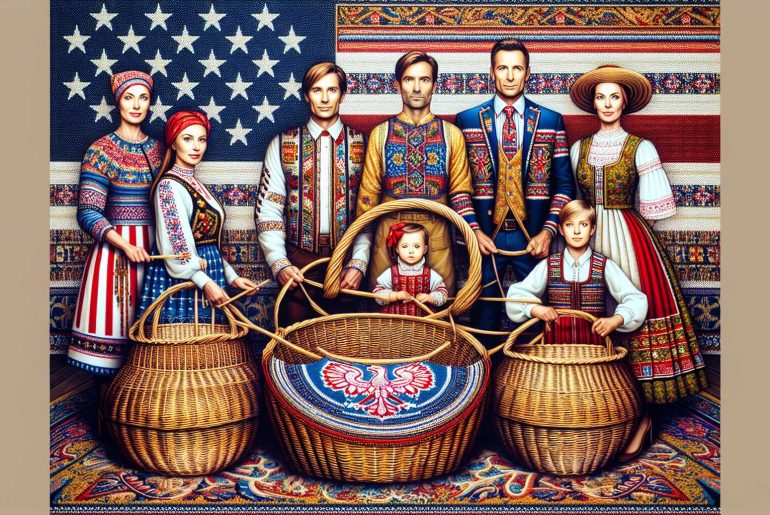

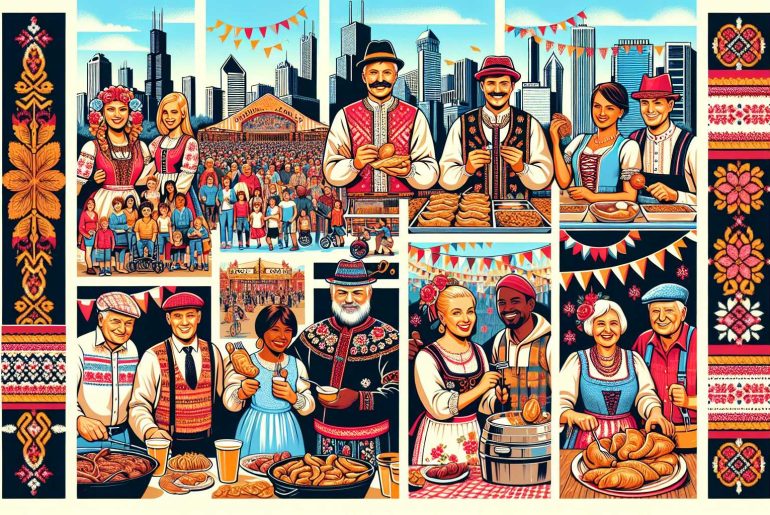

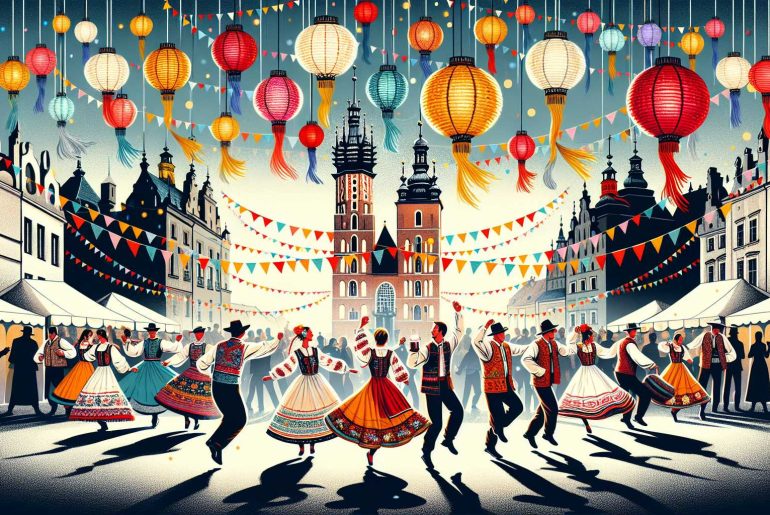

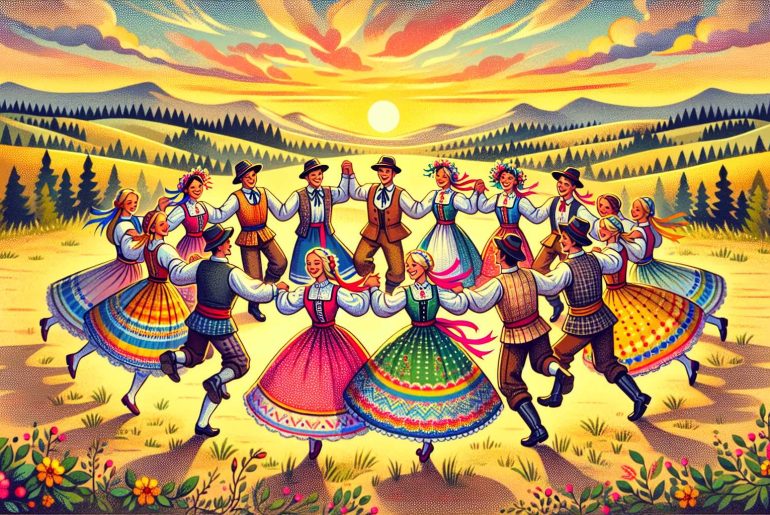

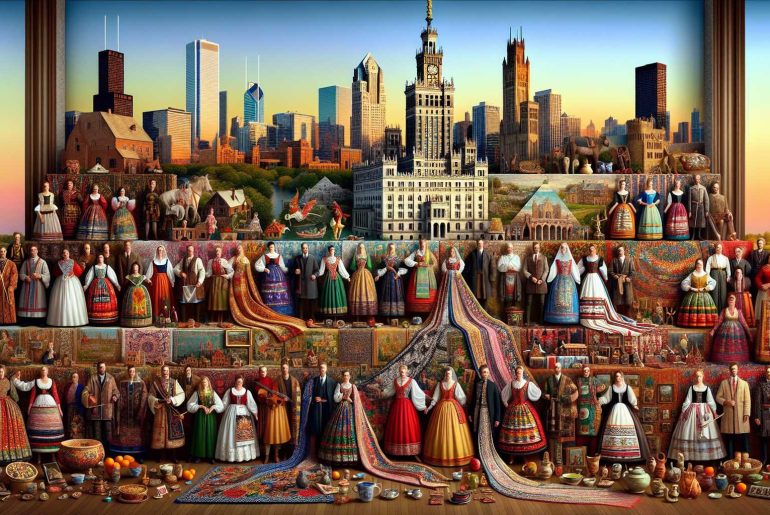

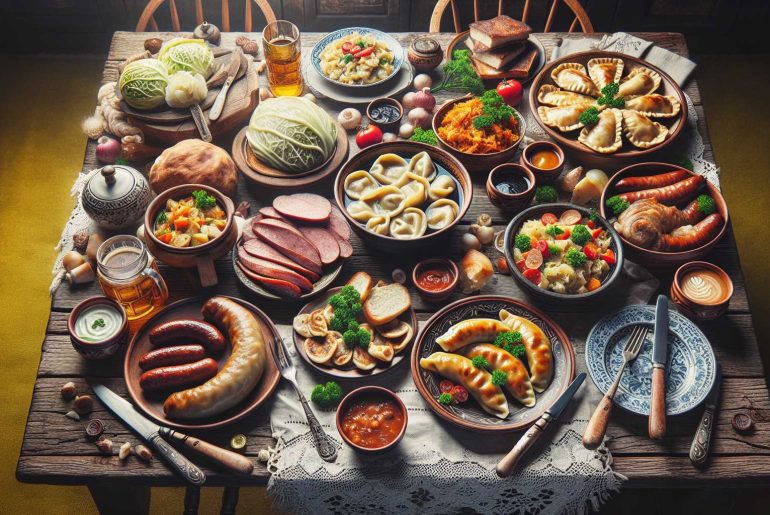

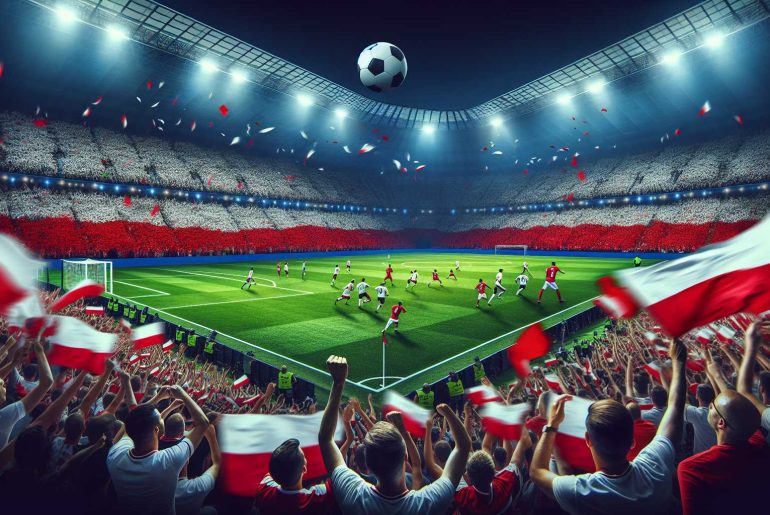

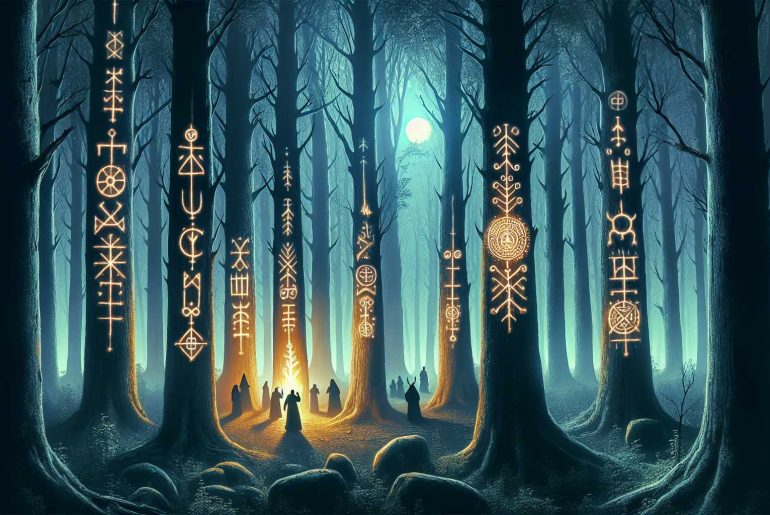

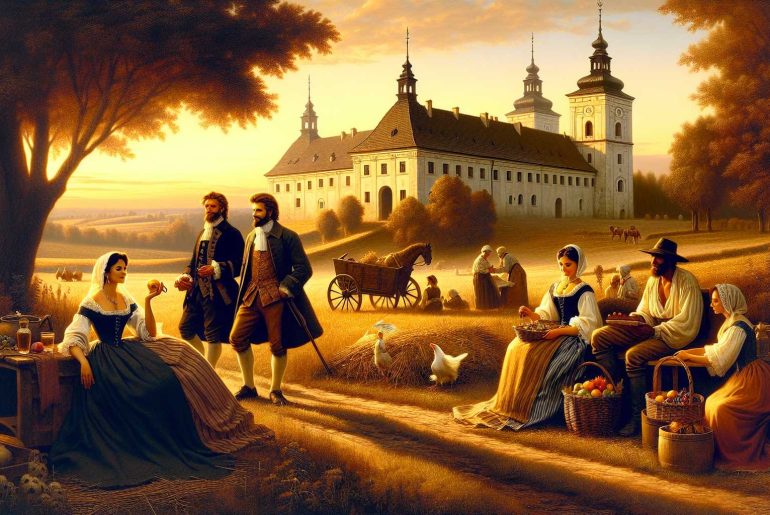

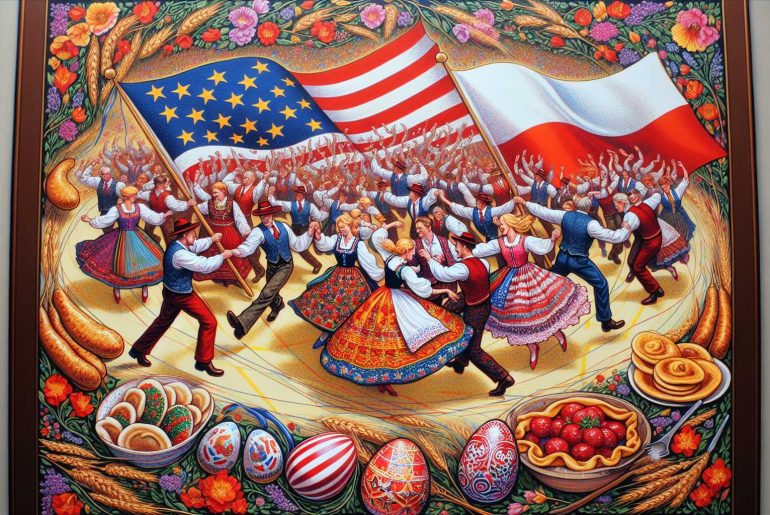



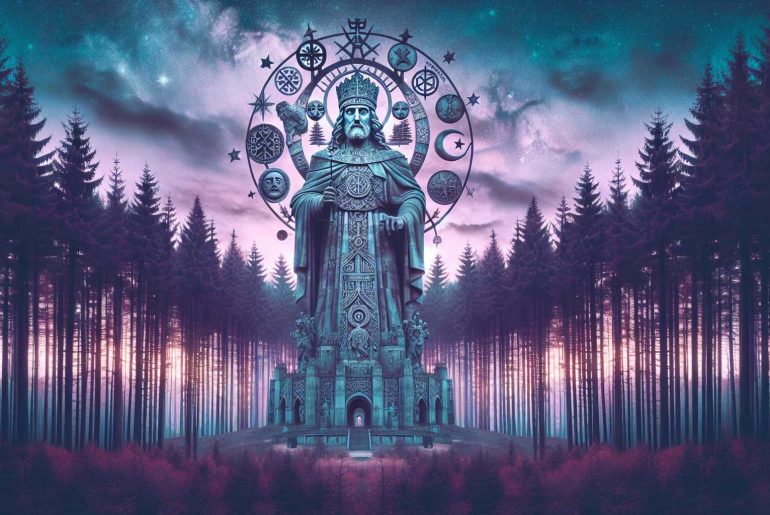

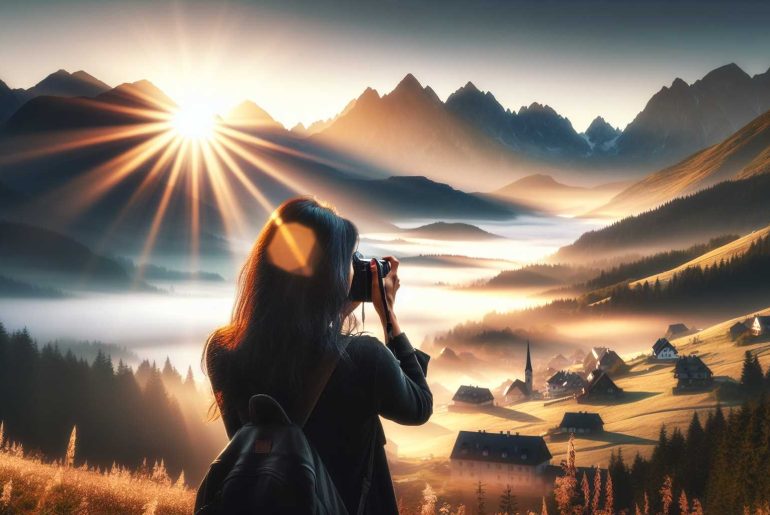

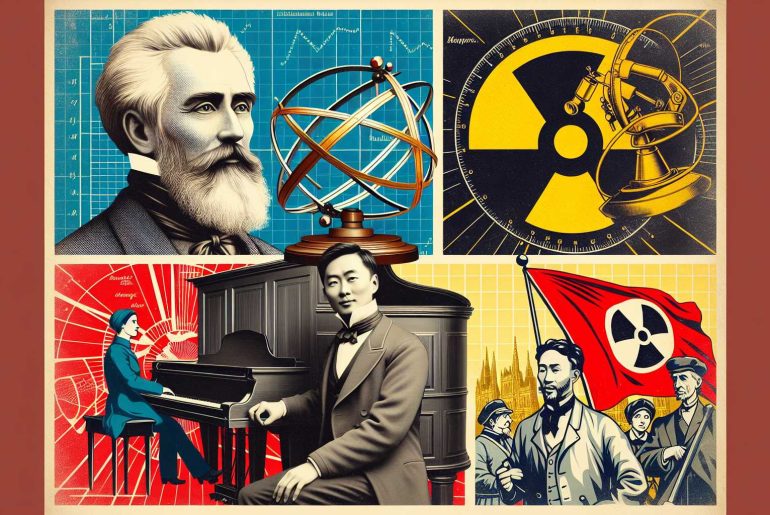

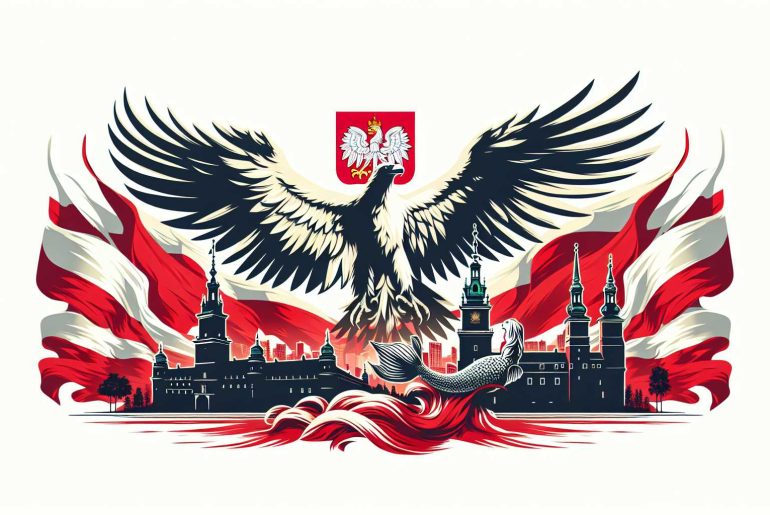

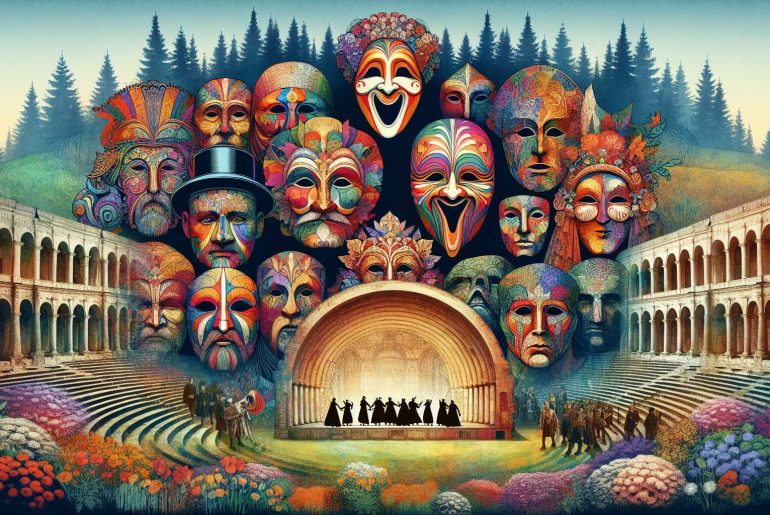

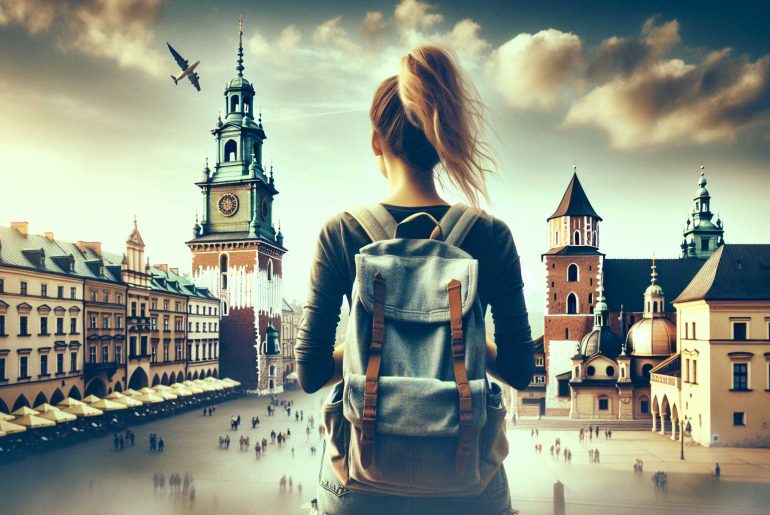



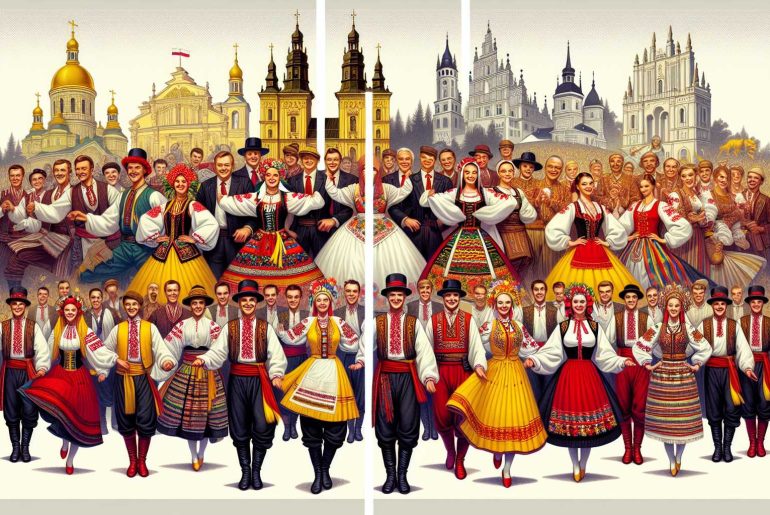

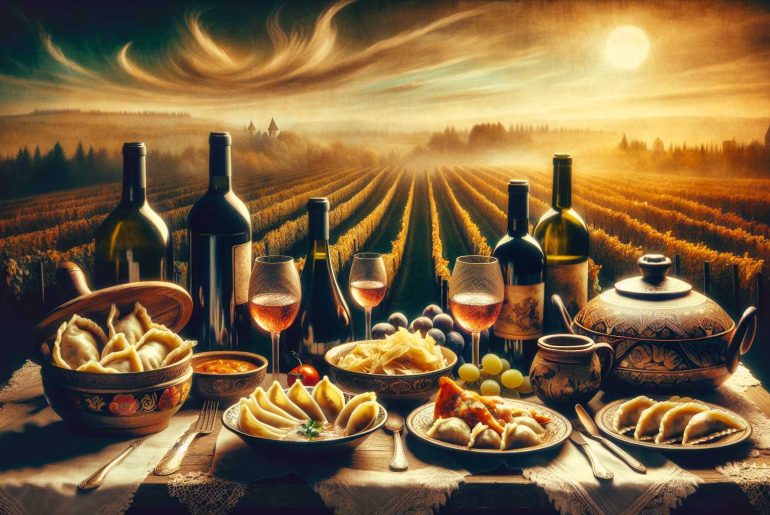

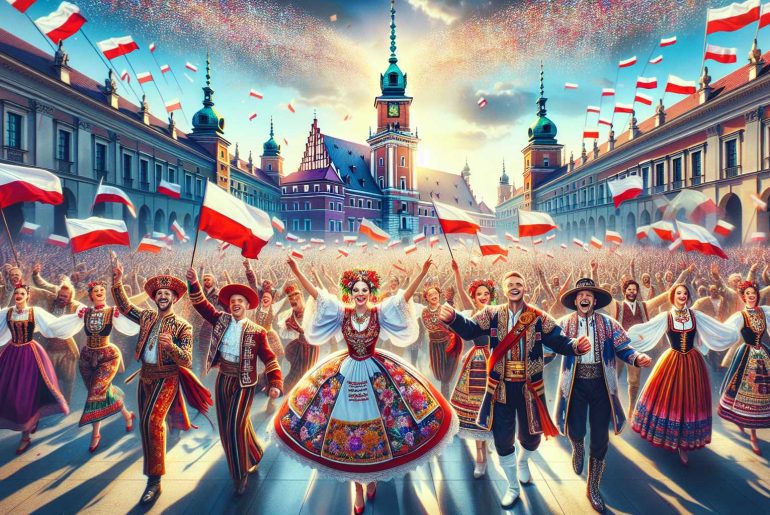

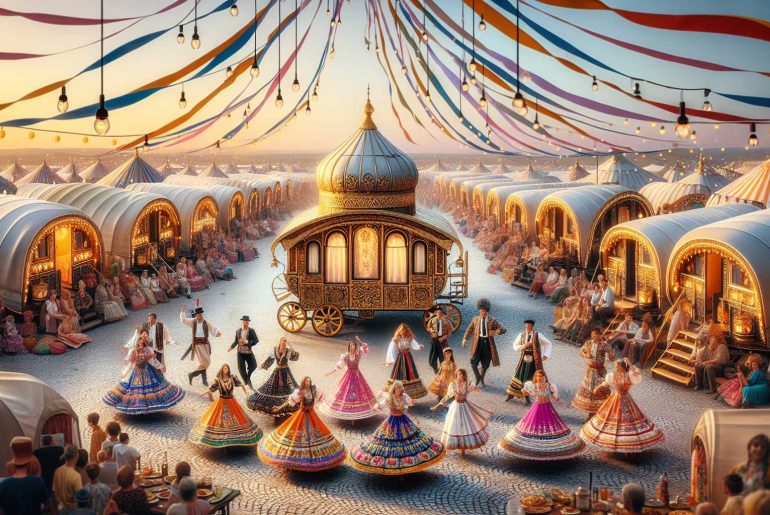

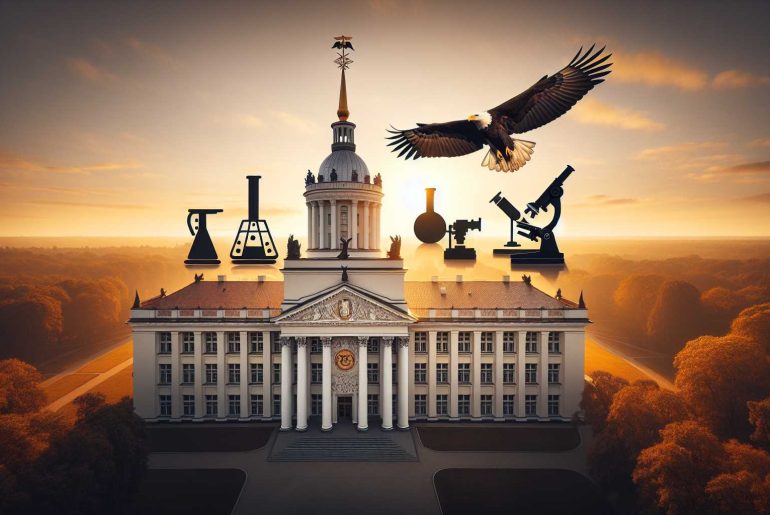

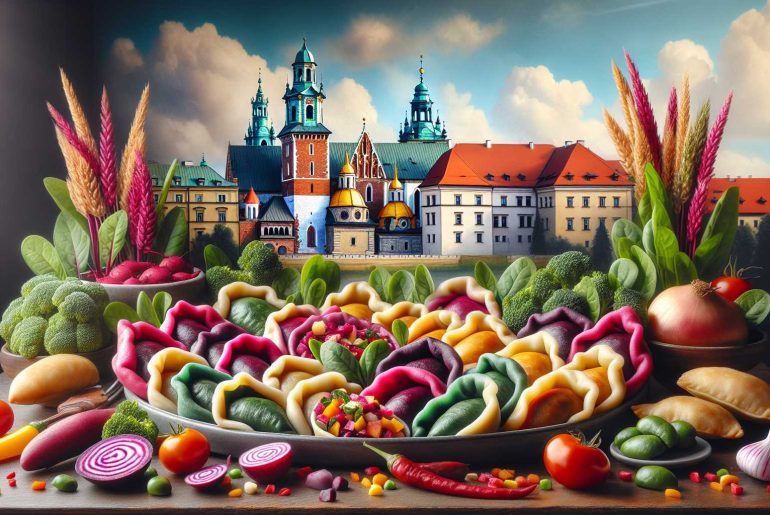



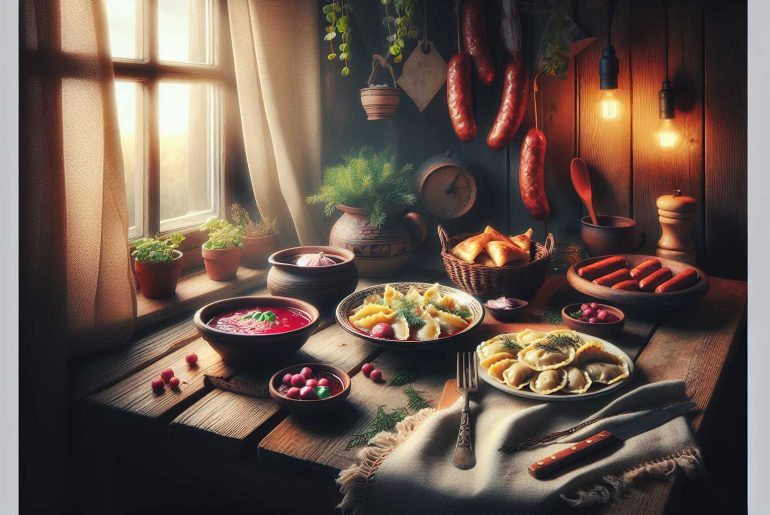



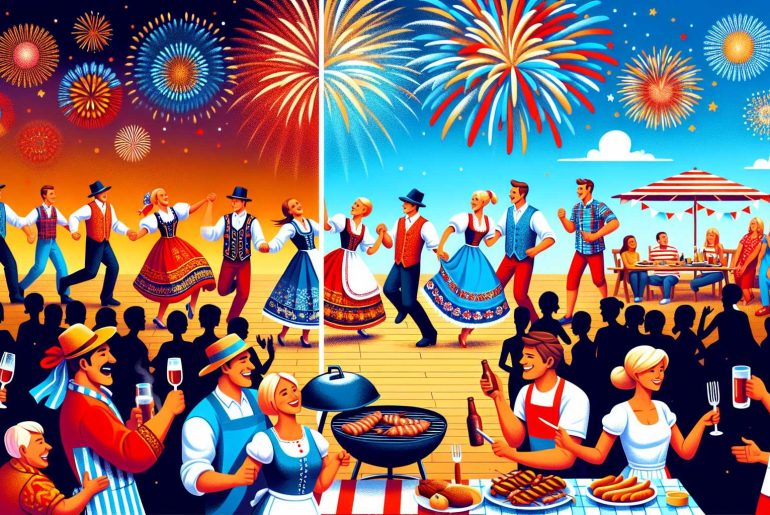

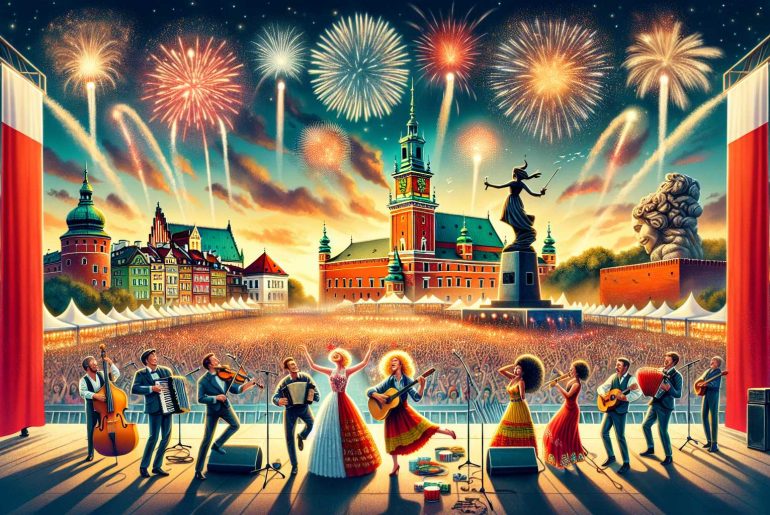

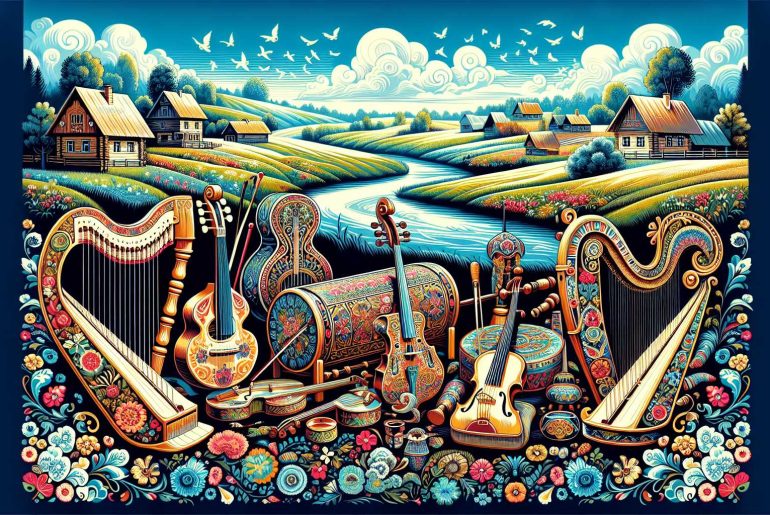

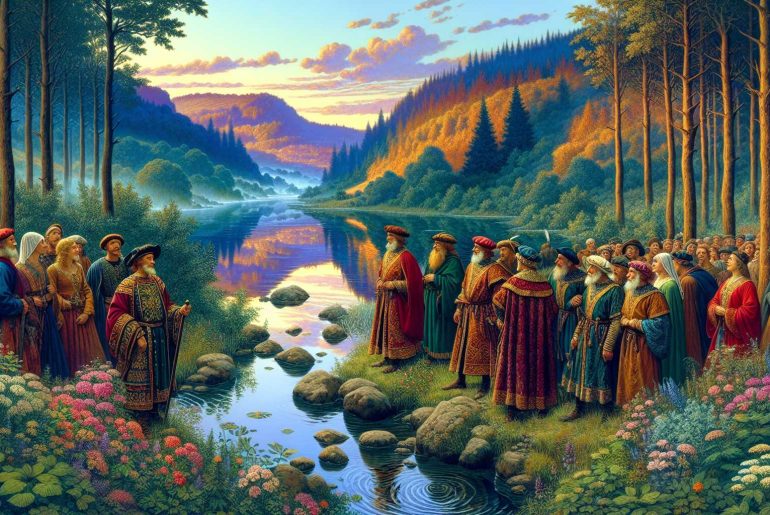



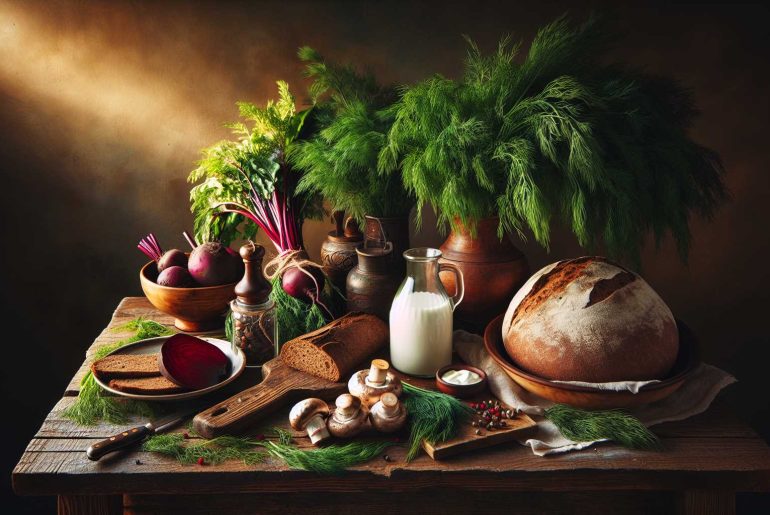

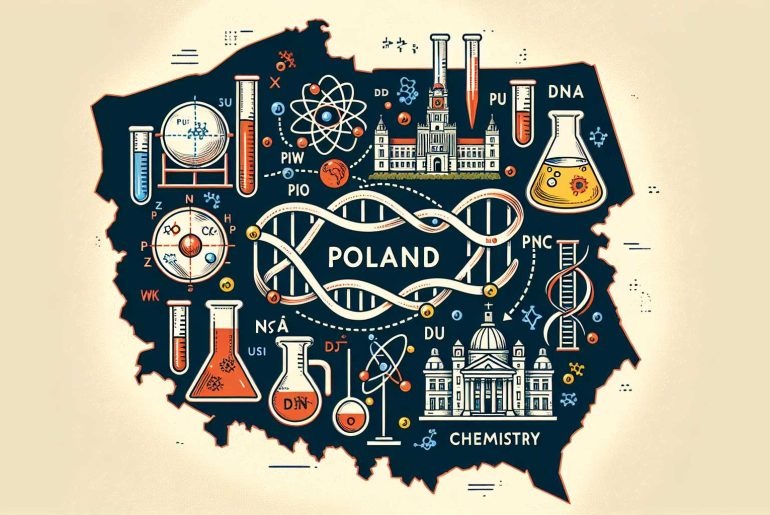










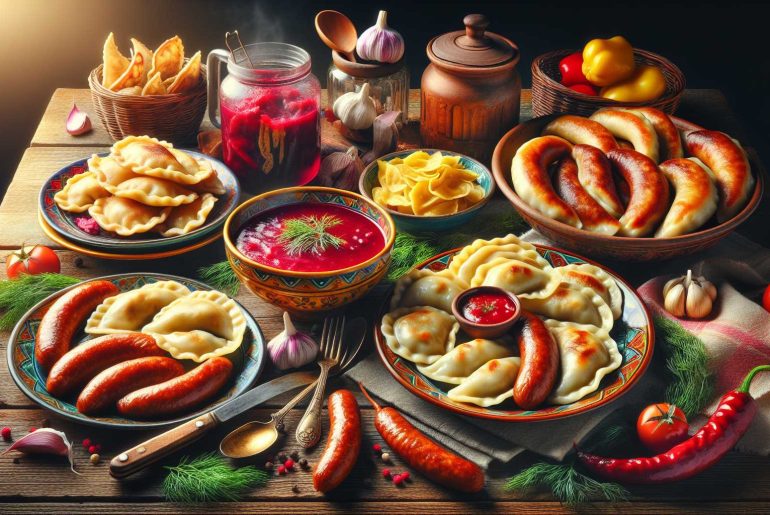



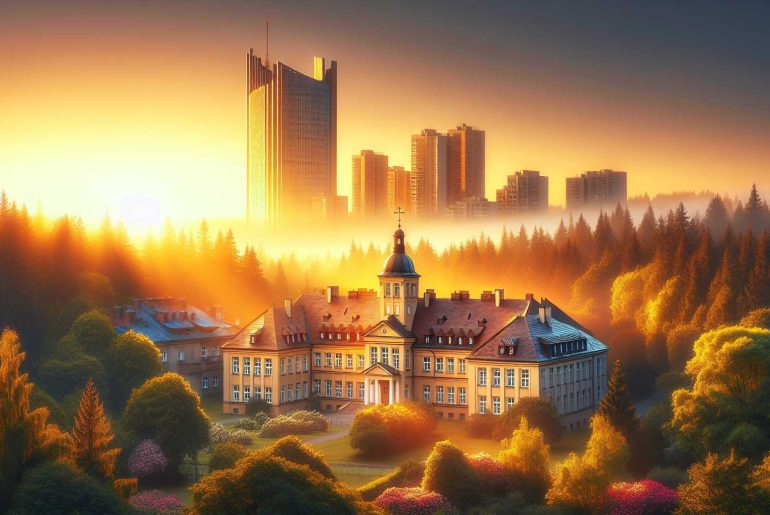

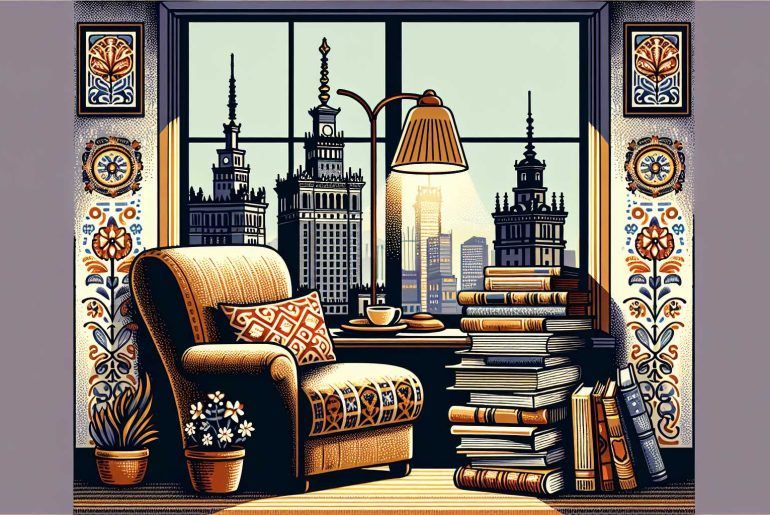

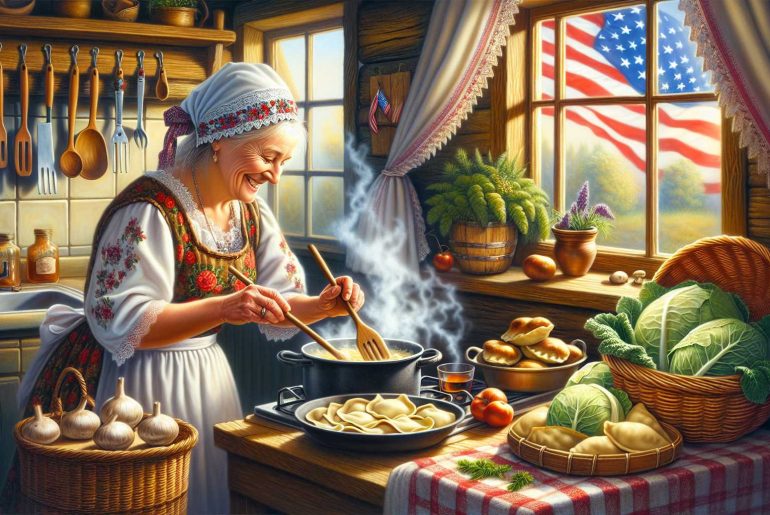



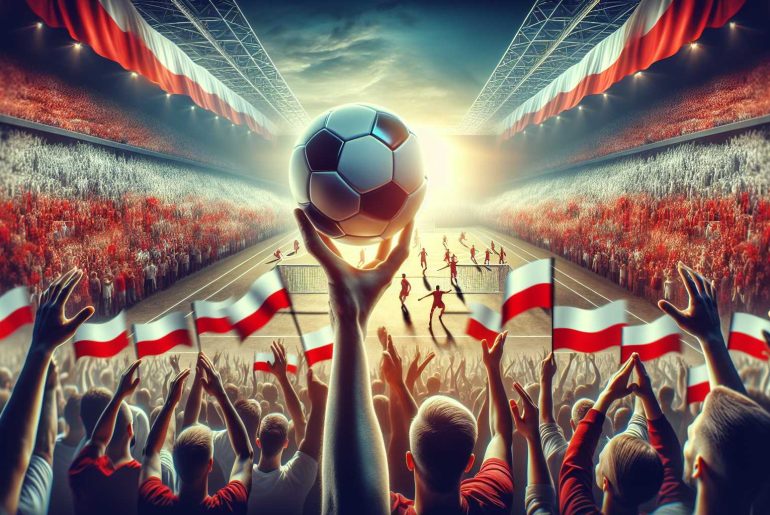

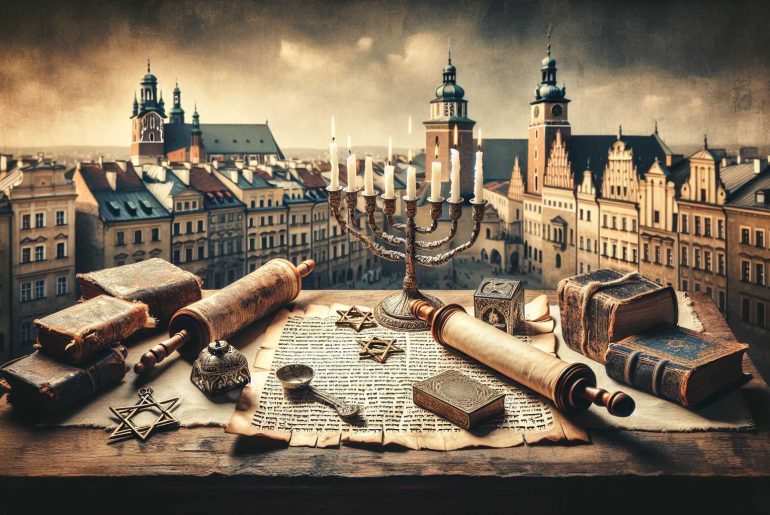

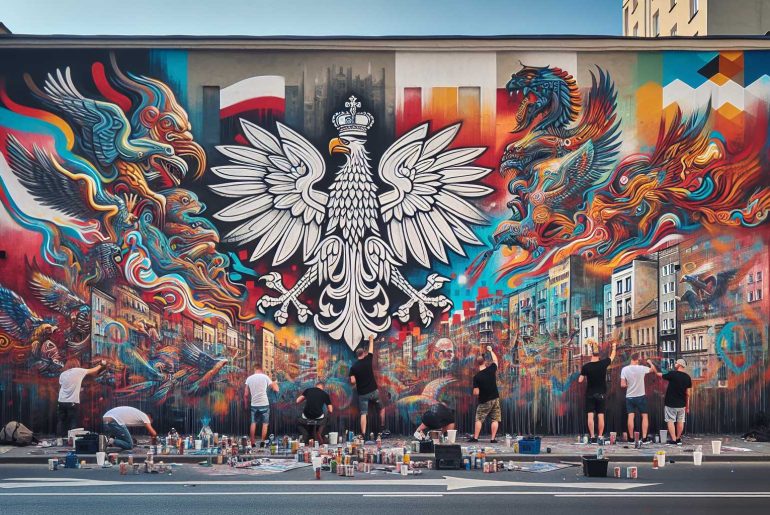

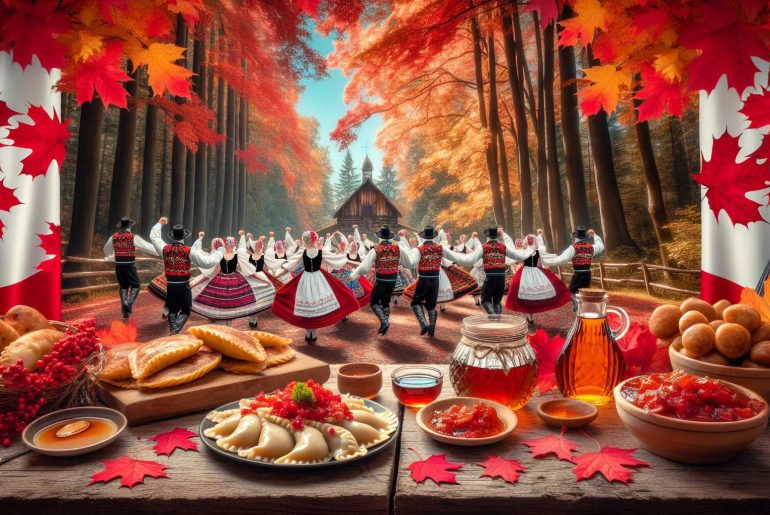

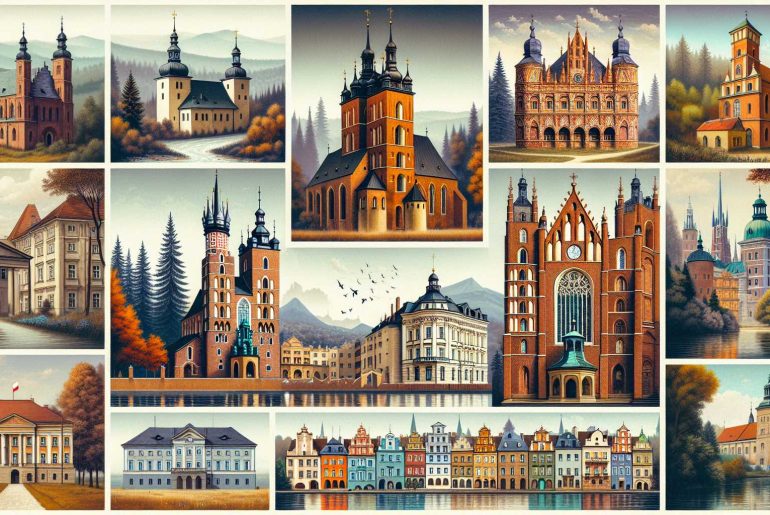

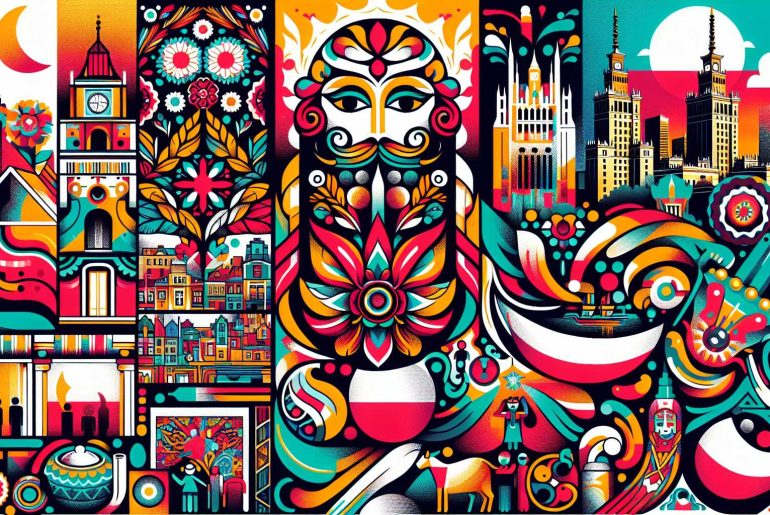

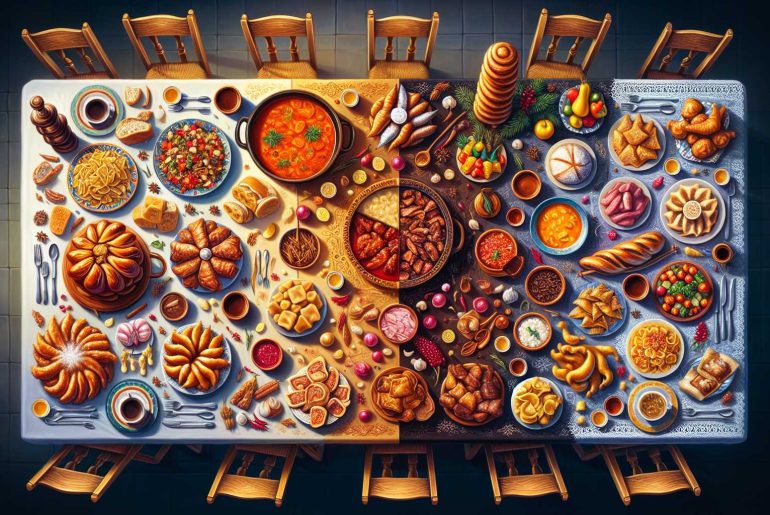

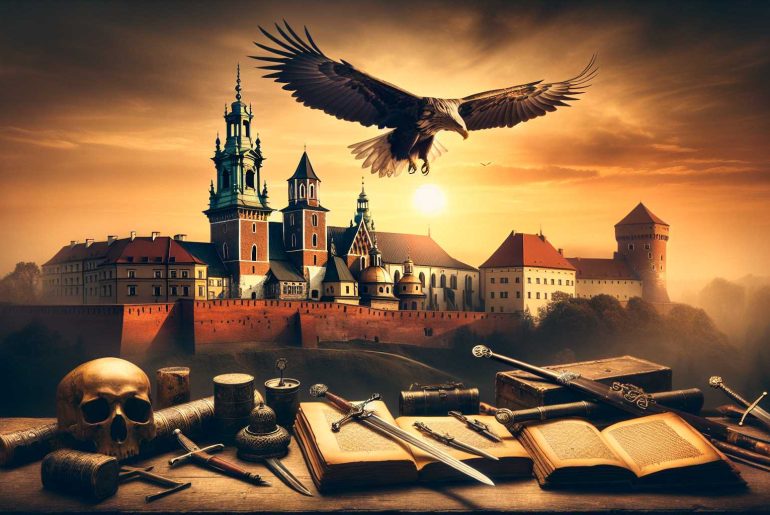


 Yuri Gagarin, the very first person in space and a Russian astronaut, is commemorated at this memorial. In between cinder pillars of the Winogrady area, the edifice appears as a stunning specimen of Contemporary architecture. Jerzy Sobociski, a Polish artist, designed the memorial, which rises 32 feet tall. The pyramid is made from concrete and features an artwork by Gagarin on top. As this jewel is situated at the border of Gagarin Park, near to the low – cost houses called as the Astronaut neighborhood, the landmass has a space motif. Jerzy Zasada, the chairman of the Polish National Workers’ Party, performed the presentation on November 7, 1977.
Yuri Gagarin, the very first person in space and a Russian astronaut, is commemorated at this memorial. In between cinder pillars of the Winogrady area, the edifice appears as a stunning specimen of Contemporary architecture. Jerzy Sobociski, a Polish artist, designed the memorial, which rises 32 feet tall. The pyramid is made from concrete and features an artwork by Gagarin on top. As this jewel is situated at the border of Gagarin Park, near to the low – cost houses called as the Astronaut neighborhood, the landmass has a space motif. Jerzy Zasada, the chairman of the Polish National Workers’ Party, performed the presentation on November 7, 1977.

